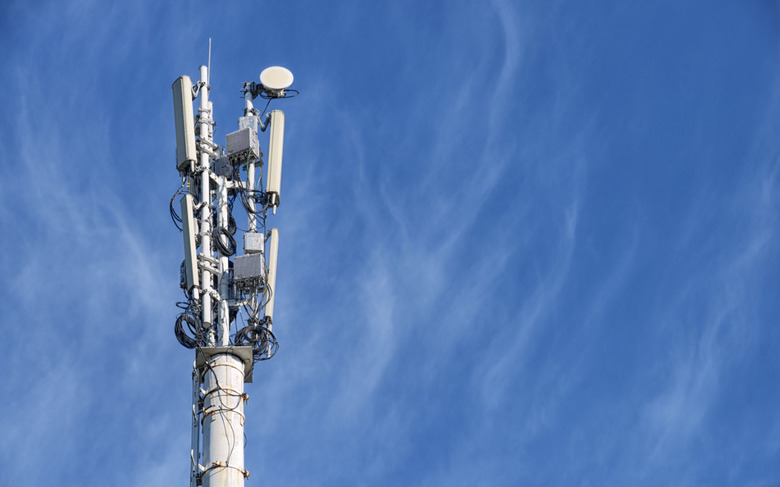The FCC Did The Math On Ousting Huawei And ZTE From US Carriers. Spoiler - It's A LOT
The FCC has done the math on just how much it might cost to remove Huawei and ZTE equipment and services from US carriers, and it's bad news if you thought it might be as simple and cheap as unplugging a few routers and switches. Last year, the FCC warned carriers getting government funding that they would no longer be able to order network tech from the two Chinese companies.
It followed accusations from the US government that Huawei and ZTE were both potentially allowing spying from the Chinese government through their systems, claims the two firms vehemently deny. President Trump put Huawei on the government's ban-list, a move which has had broad-reaching implications for its Android devices and more.
Today's FCC report, however, suggests that it's not only Huawei and ZTE that are going to experience headaches from this whole process. Back in November 2019, the US Federal Communications Commission barred the use of carriers getting Universal Service Fund (USF) cash from spending it on the two Chinese firms. Come June of this year, they named them "national security threats to the integrity of communications networks."
That means carriers wanting to continue getting USF funding will need to replace their Huawei and ZTE equipment, and it's a process that could cost an estimated $1.837 billion, the FCC said today.

The calculation is based on telecoms providers assessing how much ZTE and Huawei equipment and services they have in operation, and calculating an estimated cost for replacing it. Of the $1.8 billion, more than $1.6 billion comes from filers who "appear to initially qualify for reimbursement under the Secure and Trusted Communications Networks Act of 2019," the FCC adds. It also expects that there are other telecoms firms yet to return their numbers, and which could drive the total higher still.
The eligible telecoms firms range from household names to smaller, regional companies. Verizon and CenturyLink are on the list, along with firms like Oklahoma Western Telephone Company, Buffalo Lake Erie Wireless Systems Co., and Copper Valley Telephone Cooperative.
As for who might foot the bill for that replacement process, right now it's unclear. The initial data gathering only focused on how much it may cost, and now the FCC chief is repeating calls for a government bailout to pay for it all.
"By identifying the presence of insecure equipment and services in our networks, we can now work to ensure that these networks—especially those of small and rural carriers—rely on infrastructure from trusted vendors," Ajit Lai, FCC Chairman, said in a statement. "I once again strongly urge Congress to appropriate funding to reimburse carriers for replacing any equipment or services determined to be a national security threat so that we can protect our networks and the myriad parts of our economy and society that rely upon them."
Part of the challenge is that there isn't, currently, a US telecoms company which provides alternative hardware and software in all the categories for which carriers have turned to Huawei and ZTE. The Chinese firms have been aggressive with their pricing, too, in an attempt to build market-share in the US. That has led to fears that foreign alternatives, such as Ericsson, may be significantly more expensive as US carriers face a time-consuming replacement process – and one which could have a knock-on impact to the further deployment of 5G.
